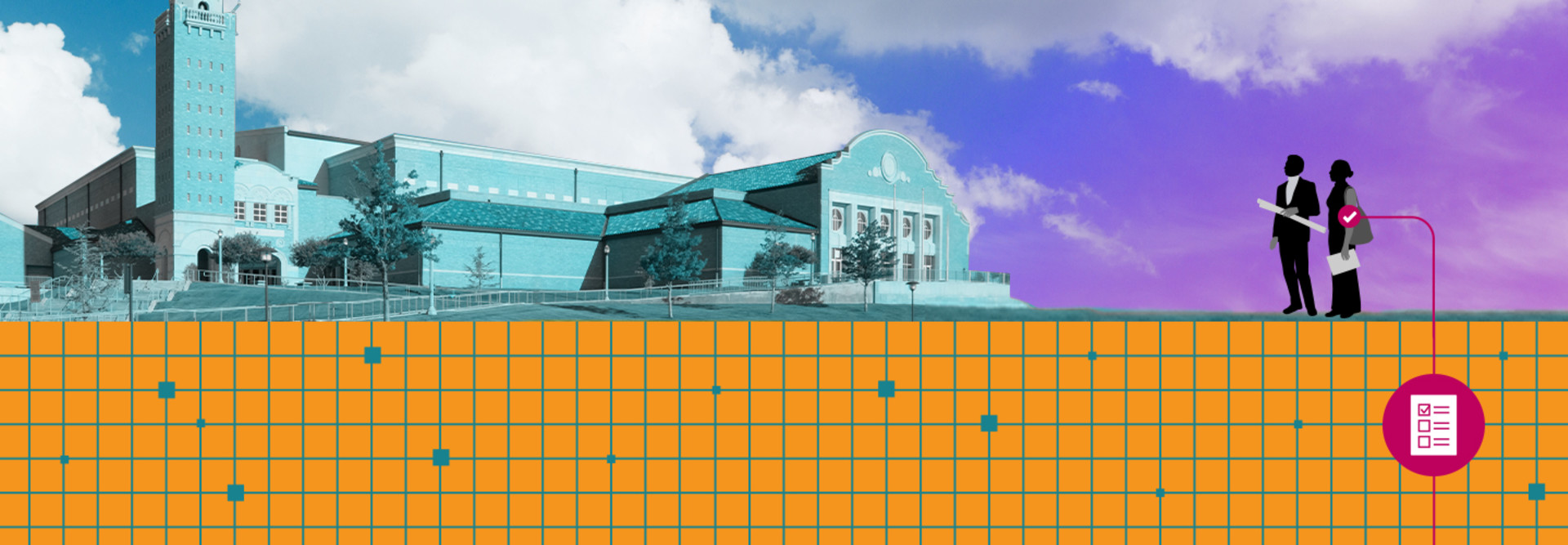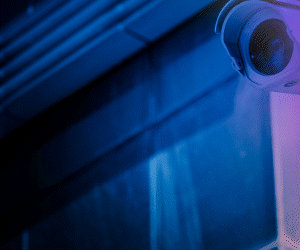Protecting college students is perhaps the most sacred responsibility that administrators, educators and others working in higher education accept as part of their roles. The formative years that millions of people spend on campuses across the country can be some of the most significant of their lives. And the millions of families and friends who entrust those young people to their respective universities have put a great deal of faith in institutional leaders to shepherd them safely through.
In addition, institutions of higher learning are home to mountains of valuable nonhuman inventory, from high-end technology to art, furniture, memorabilia and more that can end up targets for bad actors looking to make a score. Colleges and universities also frequently conduct sensitive research, and that data could be targeted in an in-person breach as easily as in a cyberattack.
With all of that in mind, let’s take a closer look at physical safety and security on your campus.
Click the banner below to explore more solutions for keeping campuses safe.
What Is a Physical Security Site Assessment and Why Does It Matter?
A physical security site assessment, sometimes called a site survey, involves a team of experts examining (either in-person or virtually using a tool such as Google Earth) your campus and its defenses against potential security incidents. It bridges the gap between when a university identifies potential vulnerabilities and when it implements a new or upgraded security system.
It sounds like a straightforward enough service, but with today’s modern security tools interwoven into IT systems and networks, a thorough site assessment means more than simply determining where cameras need to be placed.
Modern security systems, whether they involve cutting-edge tools such as intelligent video surveillance, biometric building access control or IP cameras, all require the full attention of college and university IT departments. For this reason, the process of analyzing current systems and determining how and where they can be updated or supported is best provided by a partner with deep experience in both technology and higher education.
Partners such as CDW offer colleges and universities physical security site assessments as part of their comprehensive technology and security services. Chris Black, business development manager for CDW Security, says the assessments are part of a full-service physical security analysis and solution.
“Step one would be, ‘What do you want to do? What’s going to solve your problem? And this is how we think it should be designed,’” he says. “Step two, which is the site assessment, is, ‘How can what we designed be implemented here, and where should things go?’”
To answer those questions, Black says his team brings tablets to campus loaded with software that allows them to map the areas and buildings that will be part of the project, including the power and network infrastructure available. This will offer a better sense of the project’s full scope. They’ll also take readings on bandwidth availability throughout the assessment to make sure that any changes or additions will have the network connectivity they need to function reliably. This is critical when a security incident occurs.
Once that’s completed, Black’s team turns over those plans to a vendor partner or local implementor that will have a comprehensive, detailed map indicating where every wire, camera and closet should be located. This is a level of detail that Black says gives universities confidence that the job will be done correctly and could save money because of how efficiently the work can be completed.
But before final implementation, the second step of the site assessment is a thorough discussion with university administrators, IT leadership and others to discuss how to make the plan come to life. Determining whether an institution wants to use a cloud provider or an on-premises solution for the large amount of data stored by security systems and whether video analytics is going to be part of the program can change what’s included in the final plan.
One last consideration Black recommends at this point in the process is a cybersecurity checkup, as cyberthreats remain a real and constant problem in higher education. Network-connected physical security tools are potential targets for attackers in part because they potentially collect sensitive information such as fingerprints, face scans and personally identifiable information. Weak physical security for data centers or research facilities could make those locations susceptible to a physical breach that then turns into a cyberattack.
“You can’t have good cybersecurity without good physical security,” Black says. “If people can walk through the front door, it doesn’t matter what kind of cybersecurity you have. It becomes really, really easy at that point just to put a thumb drive in there and take all the data you need.”
Getty Images: dszc (building), Natrot (pattern), A-Digit (people), Filo (icon)












